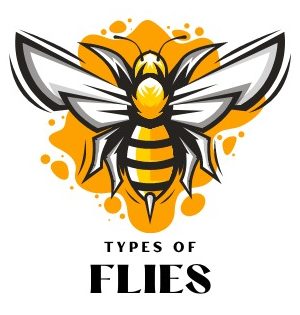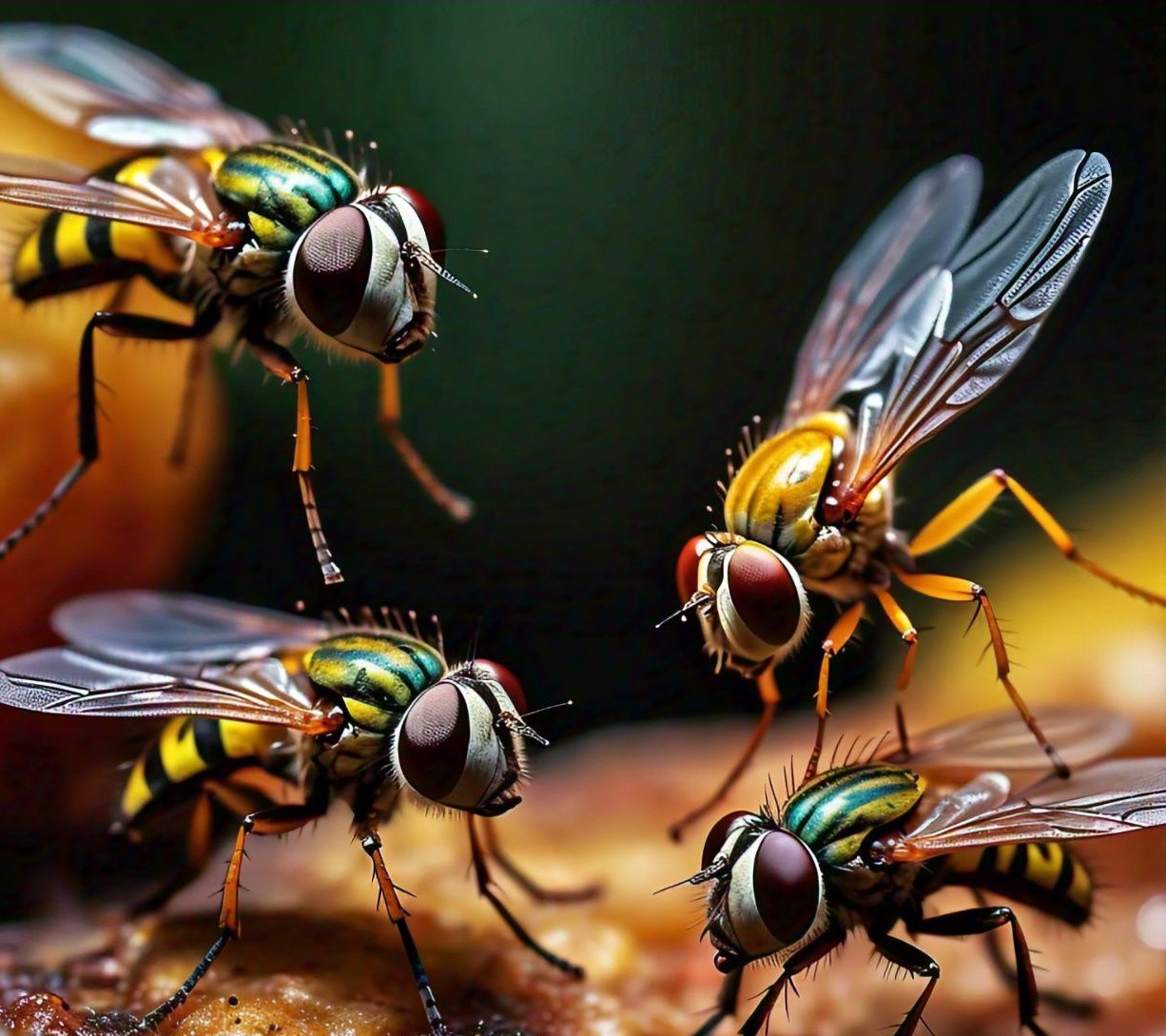Tiny types of flies can be a significant nuisance, especially when they start appearing in large numbers around your home. Whether they are buzzing around your kitchen, hovering over houseplants, or appearing suddenly in your living room, understanding these small pests is the first step to managing them effectively. In this guide, we’ll explore the various tiny types of flies you may encounter, their habitats, and how to get rid of them.
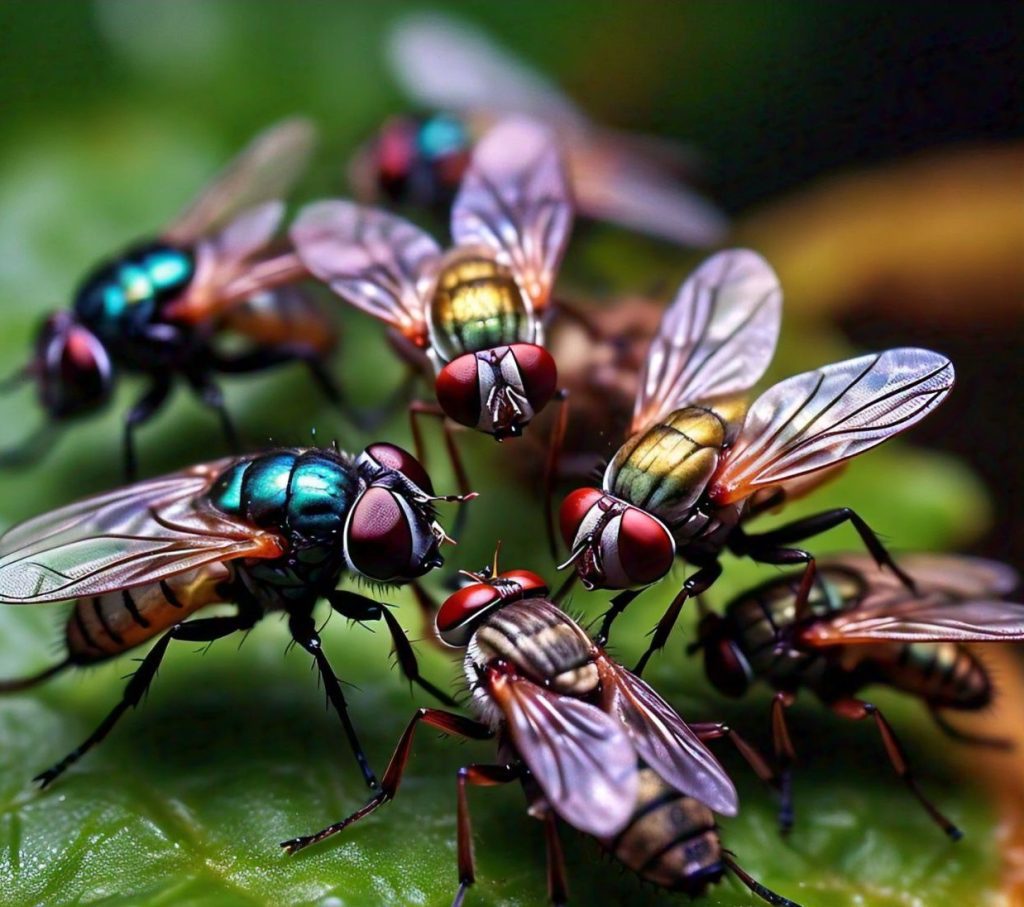
Understanding the Different Tiny Types of Flies
When it comes to tiny types of flies, several species are commonly found in homes. Each species has unique characteristics, habitats, and breeding sites. Let’s explore some of the most common ones:
- Drain Flies: These flies are often found in kitchens and bathrooms, thriving in the organic matter inside drains. They are small, with fuzzy wings that resemble those of moths, earning them the nickname “moth flies.” Drain flies are not harmful, but they can become a significant annoyance if not managed.
- Fruit Flies: These are perhaps the most common tiny types of flies found in homes. Fruit flies are attracted to ripe or decaying fruits and vegetables, food waste, and fermented beverages. They have red eyes, a tan body, and can lay hundreds of eggs at a time, leading to rapid infestations.
- Fungus Gnats: Often mistaken for fruit flies, fungus gnats are typically found around houseplants. They are attracted to the moist soil where they lay their eggs. The larvae feed on decaying plant material, which can harm young plants.
- Phorid Flies: Also known as “humpbacked flies,” these flies are often found near decaying plants, food waste, and even dead animals. They are small and have a distinctive humpbacked appearance. Like fruit flies, they can reproduce rapidly, leading to infestations.
- House Flies: While slightly larger, house flies are still considered a small fly. They are attracted to decaying organic matter, garbage, and food waste. House flies are known carriers of disease, making them more than just a nuisance.
Tiny Types of Flies in the Kitchen
The kitchen is a hotspot for various tiny types of flies. The abundance of food, moisture, and organic matter makes it an ideal breeding ground. Some of the most common flies found in the kitchen include:
- Fruit Flies: As mentioned, fruit flies are attracted to ripening fruits, vegetables, and food waste. Their small size allows them to enter through the smallest cracks, and their rapid reproduction can turn a minor problem into a significant infestation.
- Drain Flies: Kitchens, with their moist environments and abundance of organic material, are ideal for drain flies. They often breed in the slimy buildup inside drains, which is why they are frequently found near sinks.
- Phorid Flies: These flies are particularly troublesome in kitchens where hygiene is not maintained. They are attracted to decaying food, making dirty dish sponges, garbage disposals, and compost bins common breeding sites.
To manage these tiny types of flies in your kitchen, it’s essential to maintain cleanliness. Regularly clean your drains, dispose of food waste promptly, and store fruits and vegetables in the refrigerator.
Identifying Tiny Types of Flies with Pictures
Visual identification can be crucial in managing tiny types of flies. Here’s a quick visual guide to some of the most common species:
- Fruit Flies: Look for small flies with tan bodies and red eyes. They are often seen around fruit bowls, trash cans, and near spilled juices.
- Drain Flies: These flies have a fuzzy appearance with moth-like wings. They are commonly found around sinks, bathtubs, and other areas with standing water.
- Fungus Gnats: Small, dark-colored flies that hover around houseplants. They are usually seen in large numbers, especially around damp soil.
- Phorid Flies: These flies have a characteristic humpbacked appearance and are often seen in erratic flight patterns near decaying organic matter.
Pictures of these flies can be found online, helping you identify the exact species you’re dealing with. Proper identification is the first step to effective control.
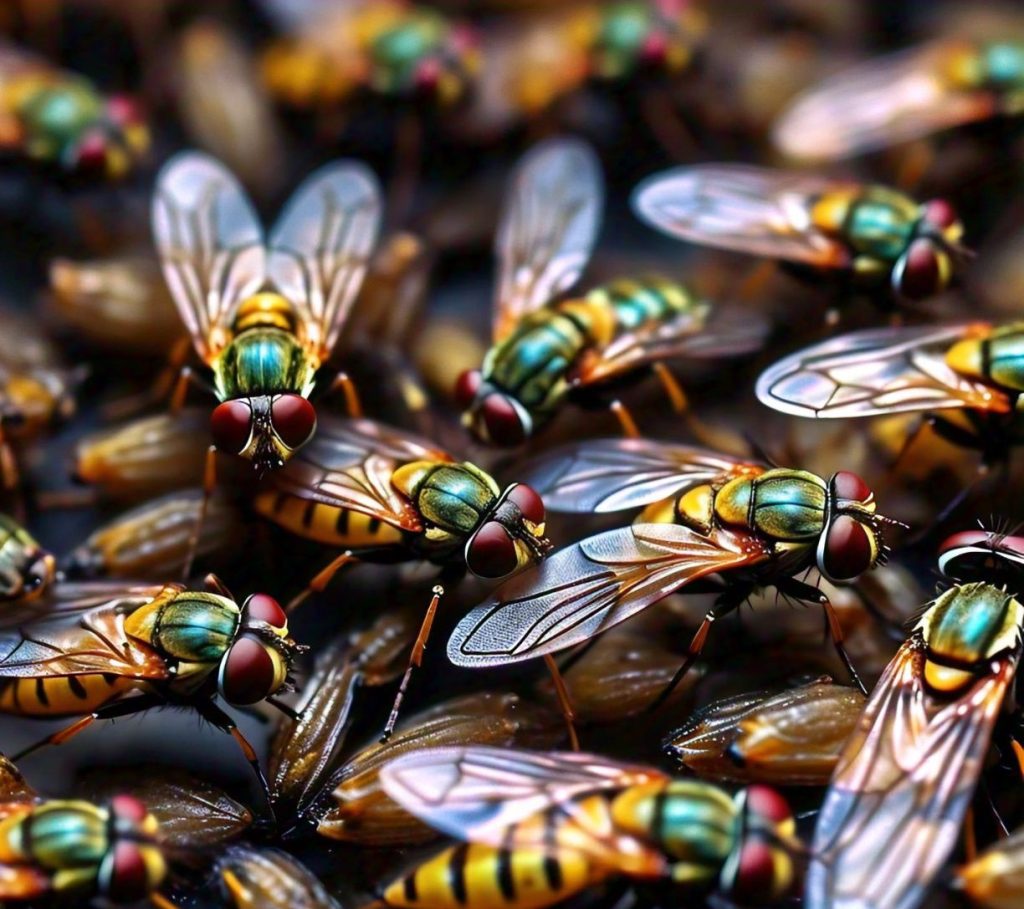
Tiny Types of Flies That Bite
While most tiny types of flies found in homes do not bite, there are exceptions. Biting flies can cause discomfort and even allergic reactions in some individuals. Here are a few examples:
- Biting Midges: Also known as “no-see-ums,” these tiny flies are notorious for their painful bites. They are often found near bodies of water but can enter homes through open windows and doors.
- Stable Flies: These flies are similar in size to house flies but have a painful bite. They are typically found near livestock but can also bite humans and pets.
To protect yourself from biting flies, consider using insect repellents and installing screens on windows and doors to keep them out.
Tiny Types of Flies: Life Cycle and Breeding Sites
Understanding the life cycle of tiny types of flies can help in controlling their populations. Most flies go through a complete metamorphosis consisting of four stages: egg, larva, pupa, and adult.
- Egg: Flies lay their eggs in a suitable environment, such as decaying organic matter, moist soil, or standing water. The eggs hatch quickly, often within 24 hours.
- Larva: Also known as maggots, the larvae feed on organic matter. Depending on the species, this stage can last a few days to several weeks.
- Pupa: The pupal stage is when the fly begins to develop into its adult form. This stage is usually shorter, lasting a few days.
- Adult: Once fully developed, the adult fly emerges from the pupa. Adult flies are primarily focused on feeding and reproducing, and they can live for several weeks.
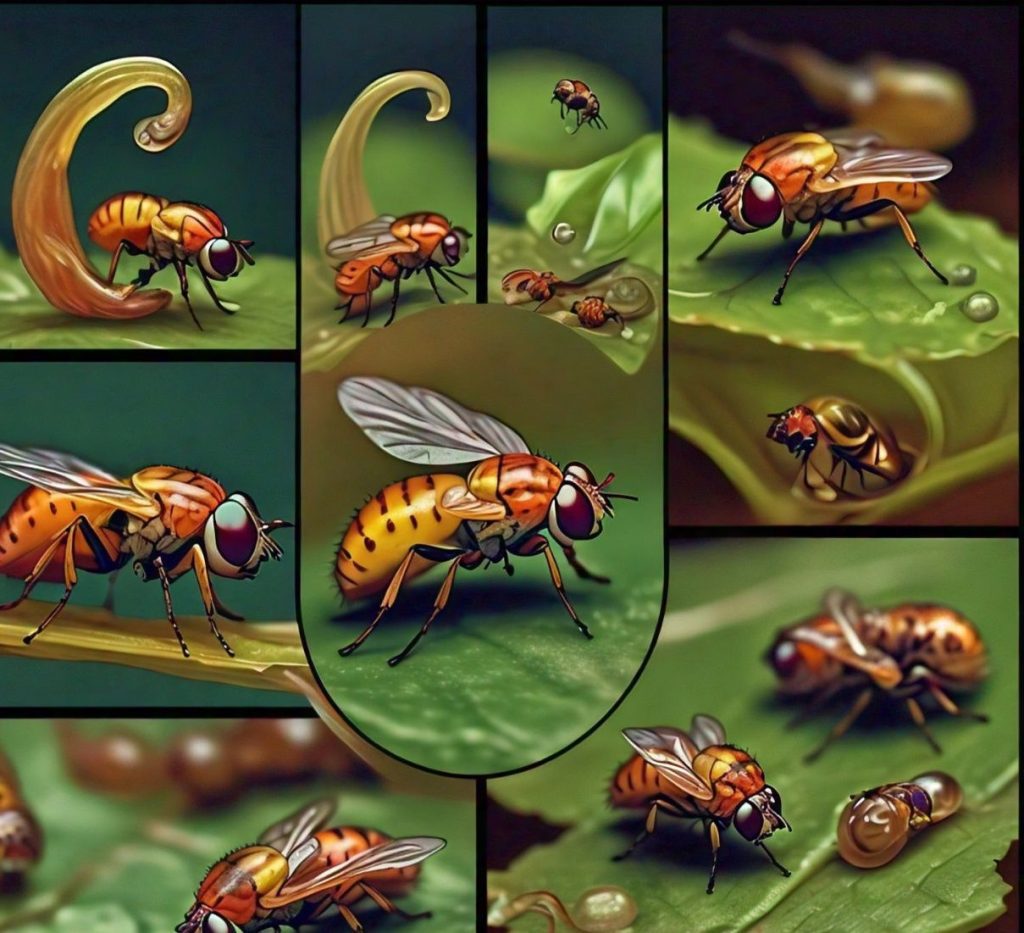
Common breeding sites include:
- Kitchen Drains: Drain flies and phorid flies often lay eggs in the organic buildup inside drains.
- Houseplant Soil: Fungus gnats are attracted to the moist soil of houseplants, where they lay their eggs.
- Garbage Cans: Fruit flies and phorid flies find food waste and decaying organic matter in garbage cans ideal for laying eggs.
Eliminating breeding sites is key to controlling tiny types of flies. Regular cleaning and proper waste management are crucial steps in this process.
Prevention and Control of Tiny Types of Flies
Preventing tiny types of flies from becoming a problem involves maintaining cleanliness and addressing potential breeding sites. Here are some practical steps:
- Clean Your Drains: Regularly clean kitchen and bathroom drains to remove organic buildup where flies may lay eggs. Consider using a drain cleaner or a mixture of baking soda and vinegar followed by hot water.
- Proper Food Storage: Store fruits and vegetables in the refrigerator, and ensure that food waste is disposed of promptly. Avoid leaving food out where it can attract flies.
- Manage Houseplants: Allow the soil of your houseplants to dry out between waterings. This will make the environment less hospitable for fungus gnats. Removing dead leaves and debris from the soil can also help.
- Use Fly Traps: Sticky traps or vinegar traps can be effective in capturing adult flies. Place these traps near areas where you’ve noticed fly activity.
- Seal Entry Points: Ensure that windows, doors, and other entry points are sealed to prevent flies from entering your home. Installing screens can be an effective barrier.
Conclusion
Dealing with tiny types of flies in your home can be challenging, but understanding their behavior and habitats can help you control and prevent infestations. Whether it’s drain flies in the kitchen, fungus gnats around your houseplants, or fruit flies hovering around your food, taking proactive measures will keep your home fly-free. By maintaining cleanliness, eliminating breeding sites, and using effective fly traps, you can ensure that these pesky insects don’t overrun your living space.
